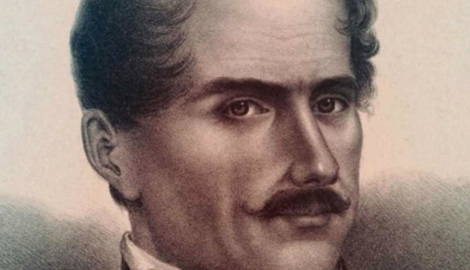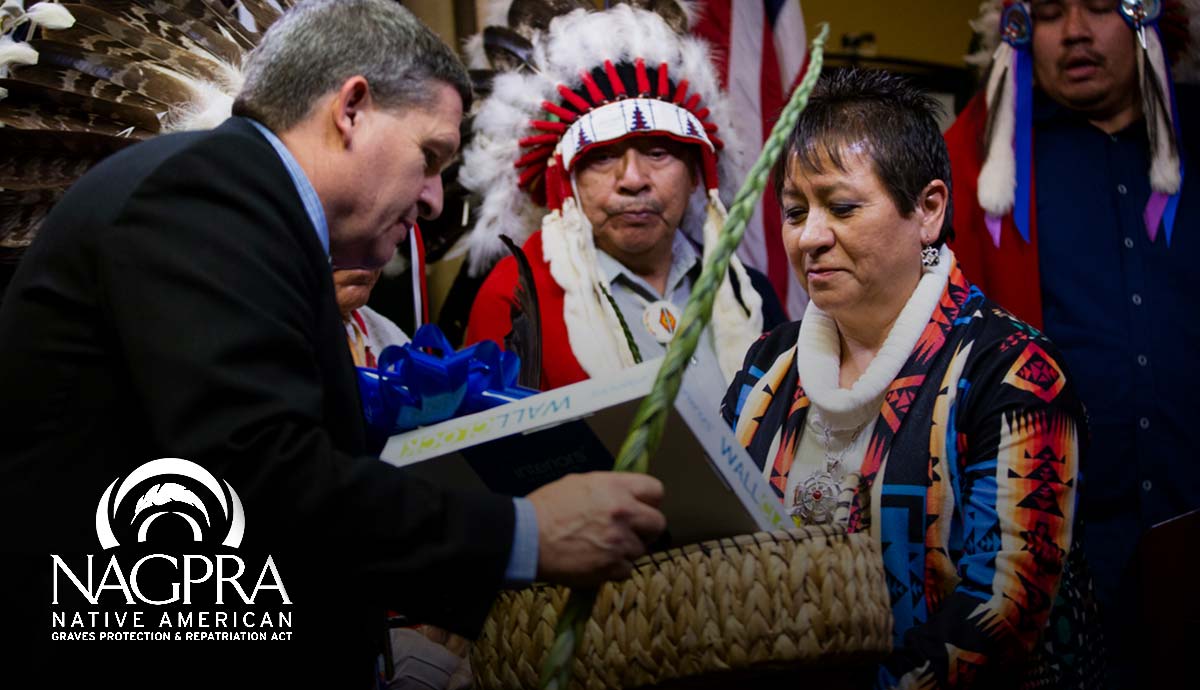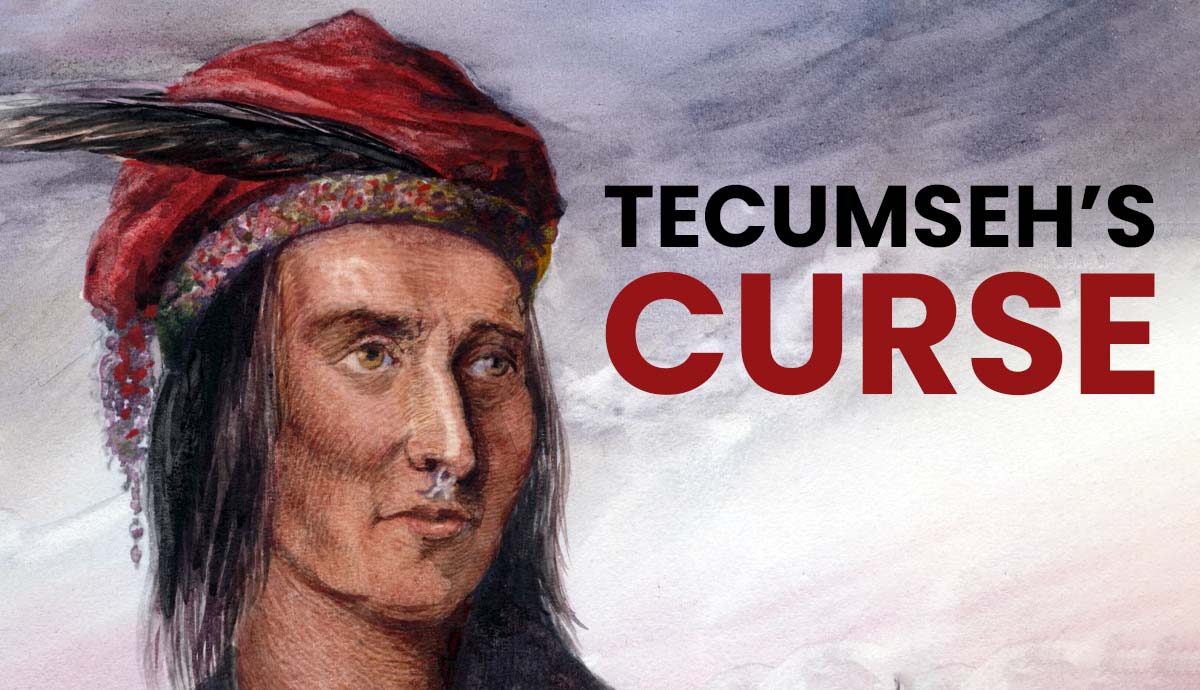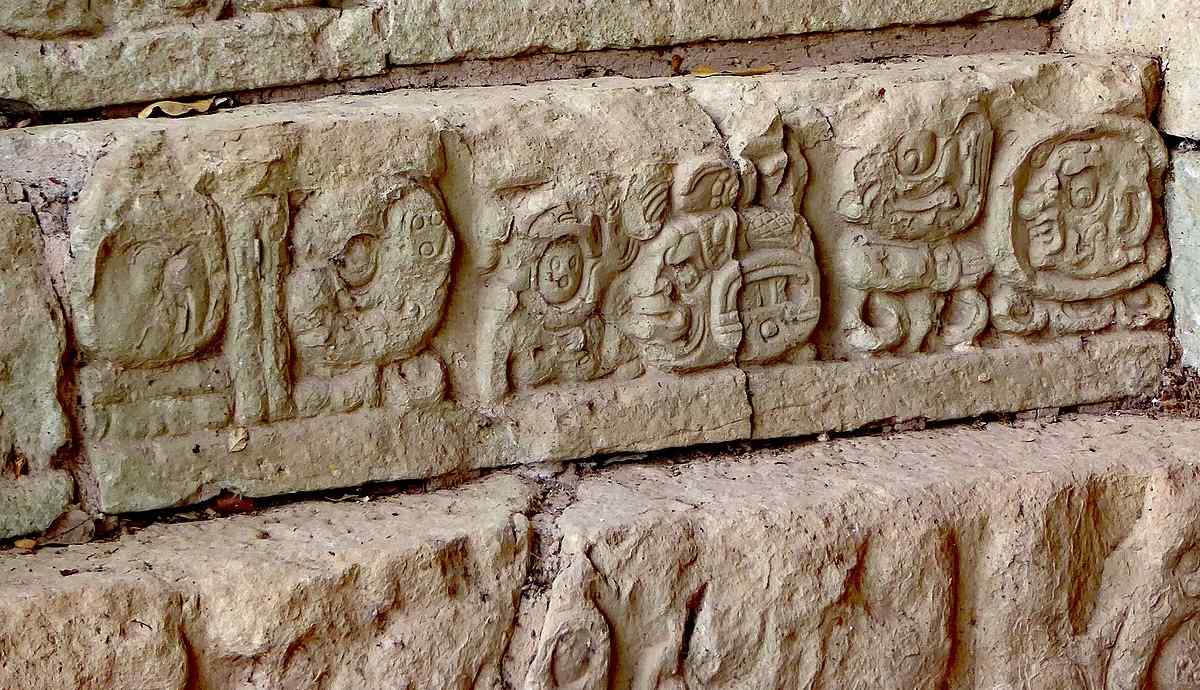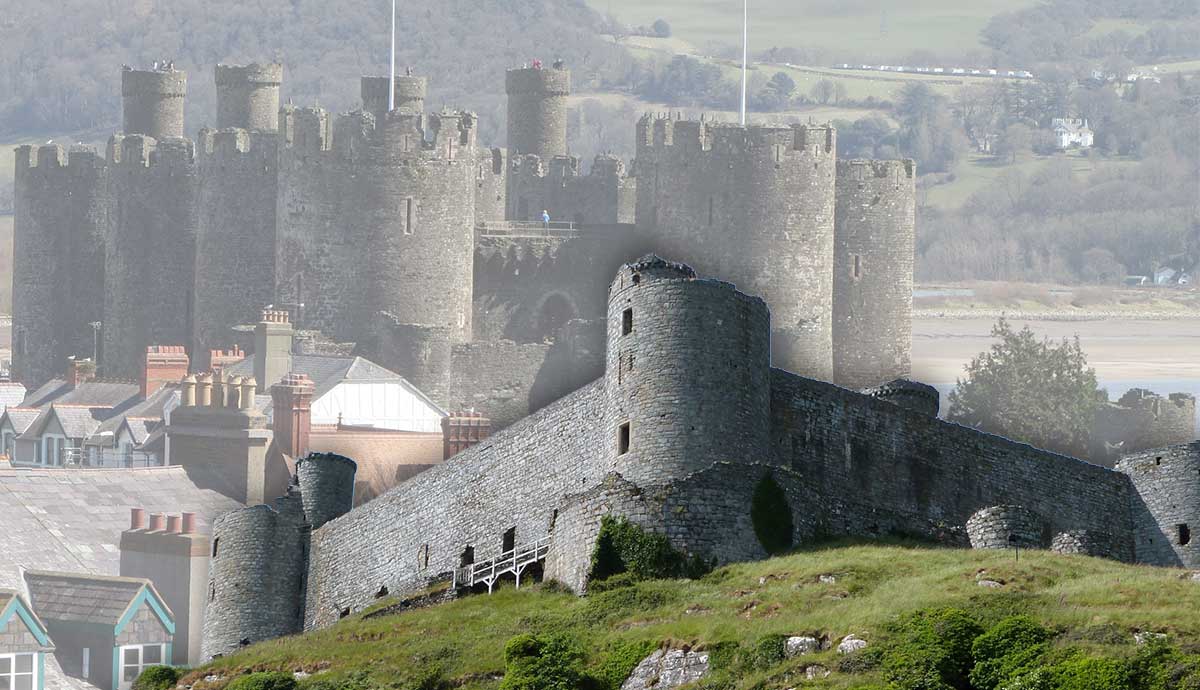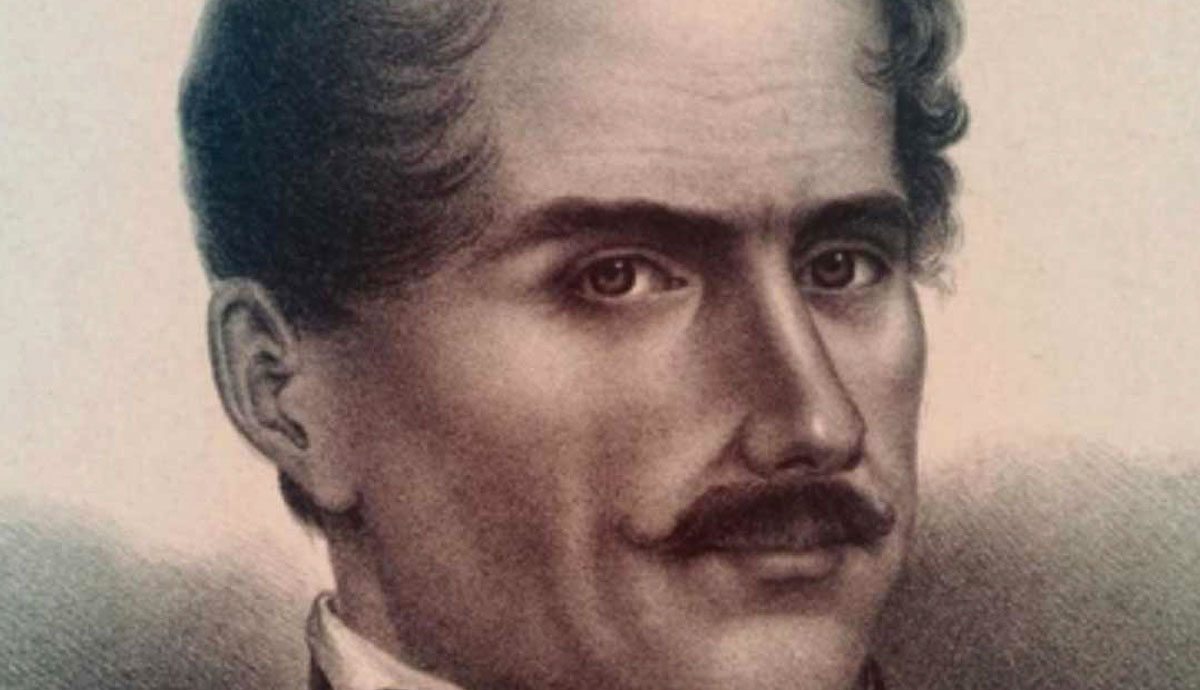
Best remembered by Americans for his role at the Alamo, there was much more to the life of Antonio López de Santa Anna than that singular event. He is one of the most colorful figures in Mexico’s past. He had a hand in Mexico’s fight for independence and the turbulent events that followed and played a role in the Texas Revolution, politics, and the Mexican-American War. From supreme power to exile, he ensured his legacy as one of Mexico’s most controversial figures.
1. His Provincial Upbringing Once Embarrassed Him

Antonio López de Santa Anna was born February 21, 1794 in Veracruz, Mexico. His parents belonged to the middle class, known as criollos, people born in the “New World” to Spanish-born parents. He had some education and worked briefly as a merchant before he was appointed to serve in the infantry, which was described as a “good fit” for him. He worked his way up through the military and made a name for himself in politics. Originally, he fought against Mexican insurgents in their bid for independence from Spain, but later switched sides and joined the force that drove Spain from Mexico, declaring it a republic in 1823. Spanish rule was replaced by an extremely wealthy political elite, and Santa Anna felt out of place. Though he remained involved in politics, he often retreated back to Veracruz, feeling awkward among the entitled politicians. Ultimately these feelings passed, but Santa Anna’s focus on self-image hampered the progress of his political vision throughout his career.
2. He Was an “Absentee President” During His First Term

Santa Anna was elected president for the first time in 1833. However, he declared that he had little interest in actually running the country and gave his vice president, Valentín Gómez Farías, free rein to rule in his stead. Gómez Farías was known as a liberal reformer, focused on rooting out government and military corruption, meaning he upset some powerful people. This eventually led Santa Anna to dismiss him and take a more active role.
3. He Was President How Many Times?

Santa Anna was politically active during an especially tumultuous time in Mexico’s history. As the colony fought for its independence and tried to navigate the path to becoming a successful, free country, it experienced years of political upheaval and turmoil. During this time, Santa Anna served as president for several non-consecutive terms, but the actual number of terms he served is unknown. Some scholars claim he was named president five times, while other sources indicate that he held the office a total of 11 times between 1833 and 1855.
4. He Was Known to Switch Sides

There is no doubt that Santa Anna was an intelligent man who knew that he had to play political games in order to stay in favor with powerful people and the public. As a result, he was known to switch sides in political matters, often without warning. This began in his military days when he switched from serving the Spanish to fighting on the side of the Mexican rebellion. He was also known to switch between liberal and conservative causes while in governmental roles. During the Mexican-American War, he made promises to American President James K. Polk in exchange for assistance returning to Mexico, then flipped and rallied Mexican forces. To this day, he is remembered as “vendepatria” (a sellout) by some Mexicans. However, some historians argue that he was not chronically disloyal but rather adept at predicting political shifts and following suit.
5. He Developed Immunity to Yellow Fever

Santa Anna’s status as a native of Veracruz gave him a secret power as a young military man. Many people who grew up and lived long-term in the coastal area developed a natural immunity to yellow fever. Santa Anna was one of these lucky individuals. Yellow fever, primarily spread by mosquitoes, was a disease that thrived in the region due to its wet environmental conditions. Foreigners were extremely susceptible to the ailment, and soldiers who arrived in Santa Anna’s home base, such as the Spanish he faced as he fought for Mexico’s independence, soon found themselves facing dual enemies of opposing soldiers and disease. Several key wins at Veracruz helped Santa Anna bolster his reputation and political status during his military tenure.
6. He Was Exiled Multiple Times

Santa Anna found himself exiled from Mexico a number of times as the country underwent turbulent power struggles throughout the 19th century. On several occasions, when he was pushed out of leadership positions the new powers-that-be banished him to distant locations in the hopes of never seeing him again. These locales included Jamaica, Cuba, and Colombia. Usually, after a short time, the new leadership found itself on the outs and Santa Anna was able to maneuver his way back to Mexico. After his final exile to Cuba, it looked as if all hope was lost. However, in 1874, he was granted amnesty by sitting president Sebastián Lerdo de Tejada. He spent the final two years of his life in Mexico City writing his memoirs before dying at the age of 82 in 1876.
7. His Leg Received a Military Funeral

While fighting the French in the Battle of Veracruz in 1838, one of the battles that catapulted him to superstar status and secured his (immediate) future as a political celebrity, Santa Anna was hit with a grapeshot blast from nearby cannon fire. The injury required his leg to be amputated below the knee. Afterward, he retrieved the mangled limb and took it to Mexico City in an elaborate procession, where it was given a state funeral. The service included speeches, poetry readings, and cannon salutes. Santa Anna was outfitted with a prosthetic made from wood and cork, which was later captured by the 4th Illinois Infantry after the Mexican army made a hasty retreat from the Battle of Cerro Gordo being fought against the US. The prosthetic currently resides at the Illinois State Military Museum.
8. He Didn’t Show Up to Either of His Weddings

Santa Anna was married twice in his lifetime, first to María Inés de la Paz García and after her death, to María Dolores Tosta. Both women were under 15 years of age at the time of the marriages, though this wasn’t unusual by Mexican standards of the time. However, Santa Anna didn’t bother to attend either of his weddings, instead having his future father-in-law stand in for him at his first wedding and a friend at the second. This supports the idea that these were weddings meant to secure social or political ties, with both women coming from very affluent families. Furthermore, he proposed to Tosta less than a month after Garcia’s death. He was a notorious womanizer and had numerous affairs, as well as multiple illegitimate children.
9. He Introduced Chewing Gum to the US

During one of his exiles to Cuba, Santa Anna found himself low on funds and desperate to get back to Mexico. A Colombian revolutionary convinced him to come to New York where, for a price, he could help. It turned out to be a scam, and Santa Anna found himself alone and practically penniless on Staten Island. One thing he did have with him was a supply of chicle, the sap of the sapodilla tree, which he was fond of chewing. In an effort to raise money, he came up with the idea to turn chicle into a hot new product for the rubber industry. He worked with a local inventor named Thomas Adams to do so, but the duo failed, unable to get the chicle to vulcanize, or harden, properly to be useful as a rubber substitute. However, Adams had another idea—building on Santa Anna’s and other Mexican’s use of chicle and turning it into a chewing gum product.

At that time in the United States, paraffin wax and spruce gum products were the only options available to confectioners, and neither provided a particularly pleasant chewing experience. Adams created a batch of flavorless chicle balls, which he put on sale in 1859, and almost immediately sold out. He went on to create the American Chicle Company, which is still in operation today, owned by Cadbury. It created products such as Chiclets and Dentyne Ice. Unfortunately, the success of chicle-based gum and competition from other companies that sprang up led to the overharvesting of chicle. The multi-billion dollar gum industry was forced to create an artificial gum base, which is used in the production of most chewing gums today.
10. He’s Featured in Sea Shanties

Santa Anna and tales of his exploits are featured in variations of sailor’s songs, called sea shanties. Most are versions of the same song, which has been called Santy Anna, Santiana, Santy Anno, and The Plains of Mexico, among others. The song refers to Santa Anna “gaining the day” in battle and has been sung by sailors for centuries and recorded on albums from 1945 to present. Though numerous variations exist, it is generally sung with the rhythm necessary to haul boats ashore or complete other sailing tasks, as was the purpose of these shanties. It was also rumored to be a favorite campfire song of cowboys in the American “wild west.”
